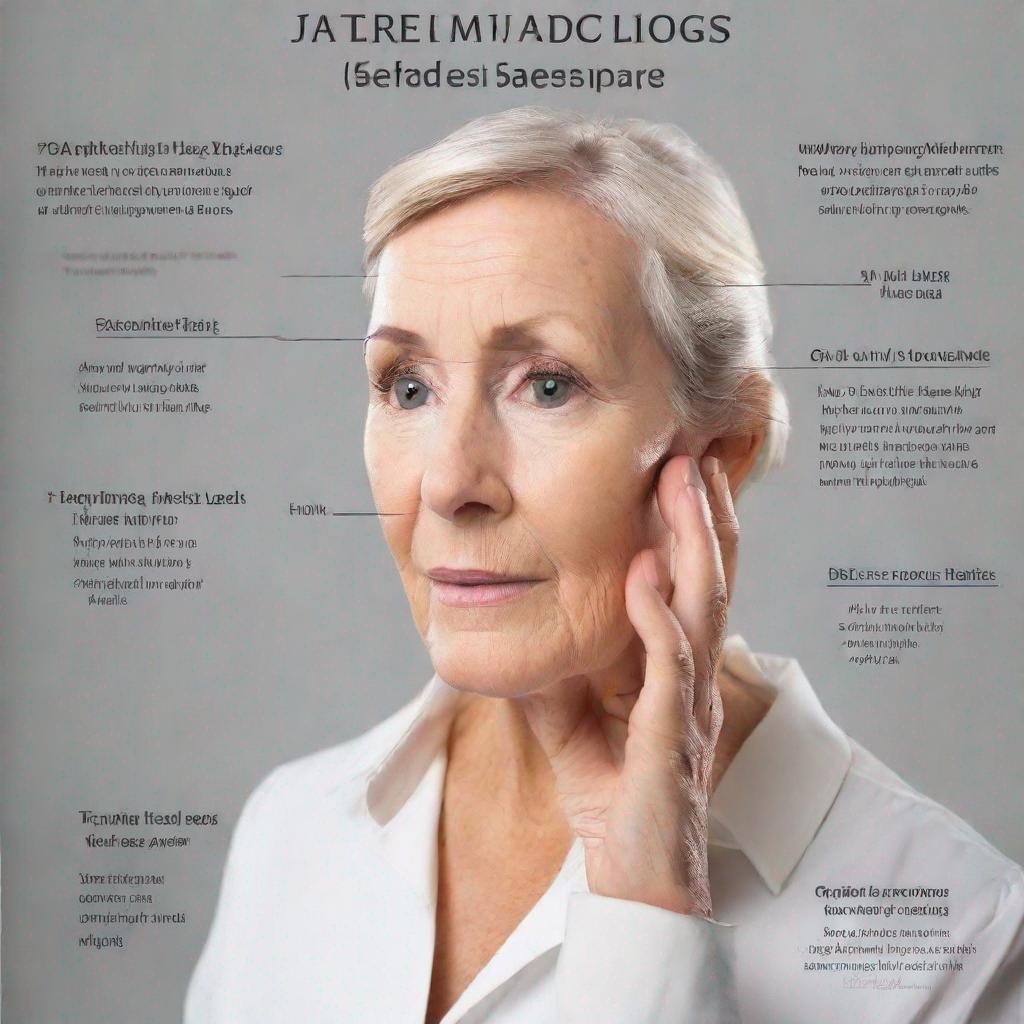## Ischemic Heart Disease: A Comprehensive Overview
Ischemic heart disease, also known as coronary artery disease, affects the heart muscle’s blood supply. It occurs when the coronary arteries that supply blood to the heart muscle become narrowed or blocked, reducing blood flow and oxygen delivery.
### Symptoms
The most common symptom of ischemic heart disease is chest pain (angina). It can feel like pressure, tightness, or squeezing in the center of the chest. Other symptoms include:
– Shortness of breath
– Fatigue
– Nausea
– Sweating
– Dizziness
– Lightheadedness
– Sudden cardiac death
### Diagnosis
Diagnosis involves:
**Physical Exam and Medical History:** The doctor will check your pulse, blood pressure, and listen to your heart for any abnormalities. They will also ask about your symptoms and family history.
**Electrocardiogram (ECG):** This test measures the heart’s electrical activity, which can show signs of ischemia.
**Cardiac Catheterization:** A catheter is inserted into a blood vessel to reach the heart. Dye is then injected to visualize any blockages or narrowing in the coronary arteries.
### Prevention
Prevention measures include:
– Quitting smoking
– Managing blood pressure and cholesterol
– Maintaining a healthy weight
– Exercising regularly
– Eating a balanced diet
– Managing diabetes
### Treatment Options
**Medications:**
– Nitrates to relax the blood vessels and improve blood flow.
– Beta-blockers to slow the heart rate and reduce oxygen demand.
– Statins to lower cholesterol levels.
**Procedures:**
– **Angioplasty:** A catheter with a balloon tip is used to widen narrowed arteries. A stent may be implanted to keep the artery open.
– **Atherectomy:** A catheter with a rotating blade is used to remove plaque buildup.
– **Laser Therapy:** Uses a laser to vaporize plaque from the arteries.
– **Coronary Artery Bypass Grafting (CABG):** A new blood vessel is grafted to bypass the blockage.
**Lifestyle Modifications:**
– Quitting smoking is crucial.
– Losing weight and exercising regularly improves heart health.
– Eating a balanced diet low in sodium and saturated fat supports the heart’s function.
### Complications
Untreated ischemic heart disease can lead to serious complications, including:
– Myocardial Infarction (Heart Attack)
– Arrhythmias (Abnormal Heart Rhythms)
– Heart Failure
### Doctors Who Treat It
* Cardiologists
* Cardiac Surgeons



